Case Report
Volume 1 Issue 1 - 2017
Dry Dural tap and Post Dural Puncture Headache (PDPH) - A Case Report.
1Dr. Surjya Prasad Upadhyay, MD Anaesthesiology, Specialist Anaesthesiology, NMC hospital DIP, Dubai Investment Park, Dubai; UAE
2Dr. Partha Pratim Saikia, MD Anaesthesiology, Specialist Anaesthesiology,Life Line Hospital, Dubai,United Arab Emirates (UAE)
2Dr. Partha Pratim Saikia, MD Anaesthesiology, Specialist Anaesthesiology,Life Line Hospital, Dubai,United Arab Emirates (UAE)
*Corresponding Author: Dr. Surjya Prasad Upadhyay, MD Anaesthesiology, Specialist Anaesthesiology, NMC hospital DIP, Dubai Investment
Park, Dubai; UAE.
Received: May 11, 2017; Published: May 27, 2017
Abstract
Post dural puncture headache (PDPH) is a well-known complication due to leakage of cerebrospinal fluid (CSF) after subarachnoid
puncture. Dural puncture has a definitive end point indicated by free flow of CSF through the puncture needle, it is very rare to see no
CSF flow (dry tap) after puncture and placement of spinal needle tip in subarachnoid space. Due to its rare occurence and reporting,
there is no exact data on incidence of dry tap. We encountered a patient posted for urological procedure under spinal anaesthesia,
despite clear tactile feeling of giveaway sensation of typical dural puncture in each attempt, CSF could not be obtained. After four
failed attempt (dry tap), surgery was completed under general anaesthesia. Later patient landed up with severe headache which was
diagnosed as PDPH based on clinical presentation and exclusion of other causes of headache. Though it is rare phenomena, development
of PDPH is a real possibility even in dry tap, all suspected dry tap should be instructed and followed up for PDPH.
Keywords: Spinal anaesthesia; Dry dural tap; Give away sensation; Post dural puncture headache
Introduction
Spinal anesthesia is one of the common regional anesthetic procedure performed worldwide which has a definitive clear end point
of successful placement of needle tip in sub arachnoid space indicated by free flow of cerebrospinal fluid (CSF). [1] Post dural puncture
headache (PDPH) is a well-known side-effect of spinal or sub arachnoid block (SAB). Though the incidences of PDPH has reduced over the
years due to evolution of improved design and smaller size of spinal needles, PDPH remains a disabling complication of needle entering
into subarachnoid space. [2] On the other hand, inability to get free flow of CSF even after correct placement of needle tip in subarachnoid
space also known as ‘dry tap’ during SAB is rarely found and very troublesome issue and put anesthesiologist in dilemma. Due to its rare
occurrence and reporting, the solution to the problem of dry tap is seldom found in the literature. So far, there is no report of any PDPH in
suspected dry dural tap. We report a case of severe PDPH following repeated dry tap during attempted SAB.
Case Report
A 36 year old male, obese (body mass index 33 Kg/M2), hypertensive controlled on medication (telmisartan 20 mg) was scheduled
for left-sided ureteroscopic laser lithotripsy and placement of double J stent in the ureter. Because of his earlier history of uneventful SAB for right-sided ureter lithotripsy four years ago, he wishes to have SAB for this time also. The patient was taken to Operating Table and
standard monitors - non-invasive blood pressure (NIBP), saturation of peripheral capillary oxygen (SPO2) and electrocardiograph ECG
were attached. After aseptic preparation and subcutaneous local infiltration, 26G White Care Spinal Needle with introducer was inserted
in sitting position with midline approach at L3-4 space. There was clear ‘give way’ feeling of entering into subarachnoid space, but no
flow of any CSF was seen in the needle hub. The stylet was again re-inserted to clear the lumen of needle, but the result remained the
same. CSF could not be obtained even after further advancing the needle and direct aspiration using two ml syringe. The spinal needle
was taken out. The space L3-4 was relocated and second attempt was also in vain without any CSF even after ‘give away’ sensation of entering
the sub-arachnoid space. After two failed attempts, 2nd Anesthesiologist was called for help, he attempted twice at different level,
L4-5 space with 25G Whitacre needle with midline approach, but without any CSF flow even after the ‘give away’ sensation of reaching
the sub-arachnoid space.
After four fail attempts without any CSF flow, patient was given choice for general anesthesia and surgery was completed under
General Anesthesia. Further course in the hospital was unremarkable, patient was comfortable without any complaint and patient was
discharged home after 24 hours with oral antibiotc ciprofloxacin.
Two days after discharge, patient returned to Emergency Department (ER) at 2:00 pm with complains of severe headache, vomiting
and dizziness lasting more than 24 hours. Headache was severe dull aching in nature located mainly occipital, back of upper neck and
frontal region of head; intensity of which was increased on standing and walking and relieved on rest. Headache was associated with
giddiness, and nausea which had also postural relation. On examination patient was conscious and oriented, vitals were within the normal
limit. There was no fever, tinnitus, blurring of vision and neck stiffness. Patient was initially evaluated by internist, a non-contrast
Computted Tomography (NCCT) head was done on his advice which was apparently normal. Anesthesiologist was called to rule out
PDPH. The patient gave the typical characteristic history of PDPH which started 24 hours after the failed lumbar punctures, severity
increasing on standing and walking; and relived by lying down position. Routine haemotalogy, biochemistry, blood glucose were normal.
Diagnosis of PDPH was strongly suspected based on strong clinical history in presence of normal imaging. Patient was advised complete
bed rest for 24 hrs, started on IV fluid at 150 ml per hour, tablet Paracetamol 500 mg and caffeine 65 mg combination-2 tablets 8 hrly.
After 24 hrs, his symptoms were relieved with no dizziness and postural headache. Later in the evening, he was able to walk and stand
without any headache and giddiness. He was discharged in the evening on oral Paracetamol along with caffeine for next three days and
instructed to come for review after three days. Patient was followed up after three days and 10 days. He was free from any headache or
dizziness since discharge.
Discussion
There is no definition of dry tap, it simply means that no CSF comes out in spite of spinal needle being in the sub-arachnoid space.
[3] Various causes of dry tap include needle tip in wrong space, needle blockade due to blood clot or tissue or bending and kinking of
needle, previous spine surgery and low CSF pressure. [4] Patient with low CSF pressure, the arachnoid membrane may collapse with pia
potentially obliterating the subarachnoid space with larger subdural space. The collapse subarachnoid with increased sub-dural space
may explain the difficulty in obtaining free flow of CSF. [4] In this case different types of needles were used and different spaces were also
attempted, but the end result was only a dry tap.
Confirmation of correct subarachnoid placement of needle tip in case of dry tap is not always possible without the help of radiological
imaging. Real time electrical stimulation is one reliable technique to confirm the epidural or subarachnoid needle placement, but this
technique requires special insulated needle and most spinal needles are non-insulated making this technique impractical in real world.
[5-8] Radiological imaging with contrast is not always feasible and practical and cumbersome even though it verifies the exact needle
position. [9] Though different confirmation tests are available to locate the needle tip placement, tectile feeling of “give away” sensation
in lumbar puncture may be the only clinical option to rely on for subarachnoid placement in difficult scenario.
The overall incidence of PDPH after intentional dural puncture varies from 0.1-36% depending on needle size and type. [10] The incidence
with 26 Gaze needle is 2-10%. [11] The factors that can influence the incident of PDPH are age, sex, pregnancy, previous history
of PDPH, needle size, needle tip shape, bevel orientation of needle to dural fibers, number of lumbar puncture attempts, midline versus
lateral lumbar puncture approach, type of local anesthesia and clinical expertise of the operator. [11-18] In our case, number of lumbar
puncture attempts were four and may be the one possible reason for severe PDPH. The patient was scheduled as evening case and he
was advised for 2 hrs fasting for clear fluid and 6 hrs. for light meal, but in spite of clear instruction he was fasting for solid and clear fluid
for more than 10 hours. This prolong fasting in hot humid atmosphere in middle east may have rendered him dehydrated, which may be
another factor for low CSF pressure and consequent dry dural tap. Preloading does not seem to have a role in reduction of incidence of
PDPH. Extra hydration may not alleviate the headache but, dehydration make symptoms worse. [10,19,20]
Four failed attempts to get CSF after proper “give away” feel lead us to provisionally and clinically diagnose it as dry tap. There are
few case reports of multiple attempts of dry tap and local anesthesia injection after dry tap leading to successful spinal anesthesia block.
[4,21,22] In absence of our previous experience with dry tap, we were in a dilema, we opted to convert into general anaesthesia instead
of proceeding with local anaesthetic injection in absence of CSF. Though Dry Tap and PDPH can be encountered by Anesthesiologist
separately in different occasions, to find a case when dry tap leads to PDPH is a very rare entity but it should always be kept in mind
and warn patient for possible PDPH in multiple failed spinal attempts specially when there are multiple attempts with typical give away
feeling of dural puncture.
References
- Wildsmith JA and Armitage EN. “Principles and Practice of Regional Anesthesia”. 2nd ed. Churchill Livingstone (1993).
- DK Turnbull and DB Shepherd. “Post‐dural puncture headache: pathogenesis, prevention and treatment”. British Journal of Anaesthesia 91.5 (2003): 718-729.
- Dinesh Kumar Sahu., et al. “Dry tap” during spinal anaesthesia turns out to be epidural abscess”. Indian Journal of Anaesthesia 56.3 (2012): 287-290.
- Ramachandran K and Ponnusamy N. “Dry tap and spinal anesthesia (Letter)”. Canadian Journal of Anesthesia 52.10 (2005): 1104-1105.
- Tsui BC., et al. “Confirmation of caudal needle placement using nerve stimulation”. Anesthesiology 91.2 (1999): 374-378.
- Tsui BC., et al. “Threshold current for an insulated epidural needle in pediatric patients”. Anesthesia & Analgesia 99.3 (2004): 694-696.
- Tsui BC., et al. “Threshold current of an insulated needle in the intrathecal space in pediatric patients”. Anesthesia & Analgesia 100.3 (2005): 662-665.
- Tsui BC., et al. “Can continuous low current electrical stimulation distinguish insulated needle position in the epidural and intrathecal spaces in pediatric patients?” Pediatric Anesthesia 15.11 (2005): 959-963.
- Tsui BCH. “Verifying spinal needle location in the presence of a “dry tap””. Canadian Journal of Anesthesia 53.4 (2006): 424-425.
- Jabbari A., et al. “Post spinal puncture headache, an old problem and new concepts: review of articles about predisposing factors”. Caspian Journal of Internal Medicine 4.1 (2013): 595-602.
- Turnbull DK and Shepherd DB. “Postdural puncture headache: pathogenesis, prevention and treatment”. British Journal of Anaesthesia 91.5 (2003): 718-729.
- Lybecker H., et al. “Incidence and prediction of postdural puncture headache: a prospective study of 1021 spinal anesthesias”. Anesthesia & Analgesia 70.4 (1990): 389-394.
- Halpern S and Preston R. “Postdural puncture headache and spinal needle design .Metaanalyses”. Anesthesiology 81.6 (1994): 1376-1383.
- Ross BK., et al. “Sprotte needle for obstetric anesthesia: decreased incidence of post dural puncture headache”. Regional Anesthesia 17.1(1992): 29-33.
- Tarkkila PJ., et al. “Comparison of Sprotte and Quincke needles with respect to post dural puncture headache and backache”. Regional Anesthesia (1992): 283-287.
- Janik R and Dick W. “Post spinal headache: the incidence following the median and paramedian techniques”. Anaesthesist 41.3 (1992):137-141.
- Naulty JS., et al. “Influence of local anesthetic solution on postdural puncture headache”. Anesthesiology 72.3 (1990): 450-454.
- Vallejo MC., et al. “Postdural Puncture Headache: A Randomized Comparison of Five Spinal Needles in Obstetric Patients”. Anesthesia & Analgesia 91.4 (2000): 916-920.
- Naulty JS., et al. “Influence of local anesthetic solution on postdural puncture headache”. Anesthesiology 72.3 (1990): 450-454.
- Camann WR., et al. “Effects of oral caffeine on postdural puncture headache: A double-blind placebo-controlled trial”. Anesthesia & Analgesia 70.2 (1990):181-184.
- Hridoy Kumar Das., et al.“Spinal anesthesia in a caesarian case after dry tap”. Anesthesia: Essays and Researches 8.1 (2014): 103-104.
- Adachi E., et al. “A case of suspected dry tap during spinal anesthesia for caesarean section”. Masui 62.8 (2013): 965-967.
Citation:
Partha Pratim Saikia and Surjya Prasad Upadhyay. “Dry Dural tap and Post Dural Puncture Headache (PDPH)- A Case Report.”.
Anaesthesia, Critical Care and Pain Management 1.1 (2017): 31-34.
Copyright: © 2017 Partha Pratim Saikia and Surjya Prasad Upadhyay. This is an open-access article distributed under the terms of the Creative Commons Attribution License, which permits unrestricted use, distribution, and reproduction in any medium, provided the original author and source are credited.











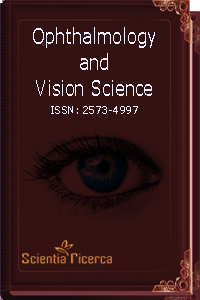
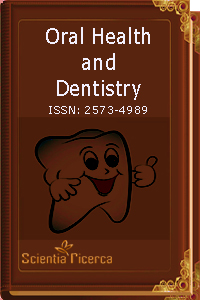
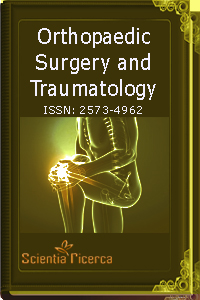

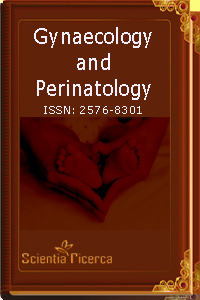
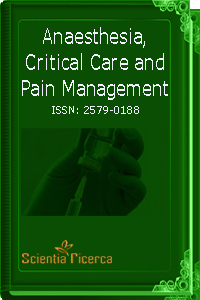
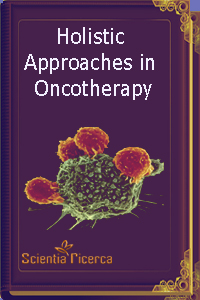
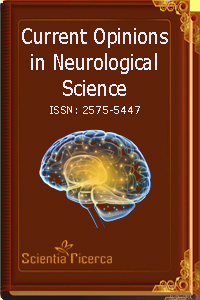
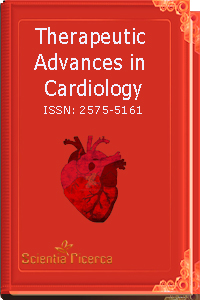
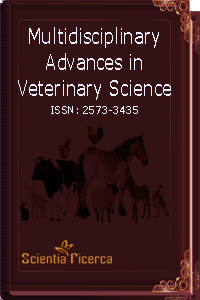
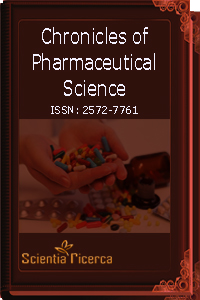
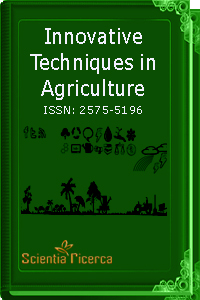
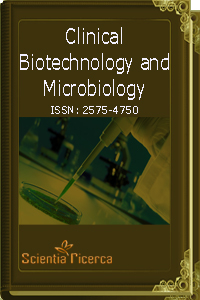
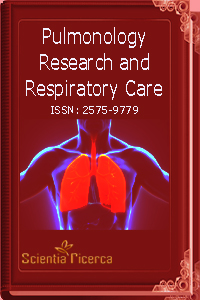
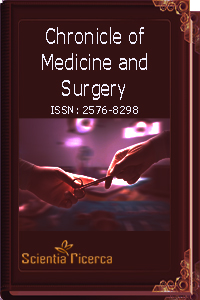


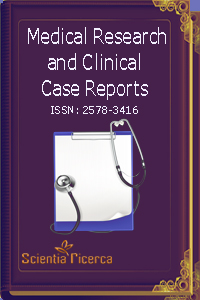
 Scientia Ricerca is licensed and content of this site is available under a Creative Commons Attribution 4.0 International License.
Scientia Ricerca is licensed and content of this site is available under a Creative Commons Attribution 4.0 International License.